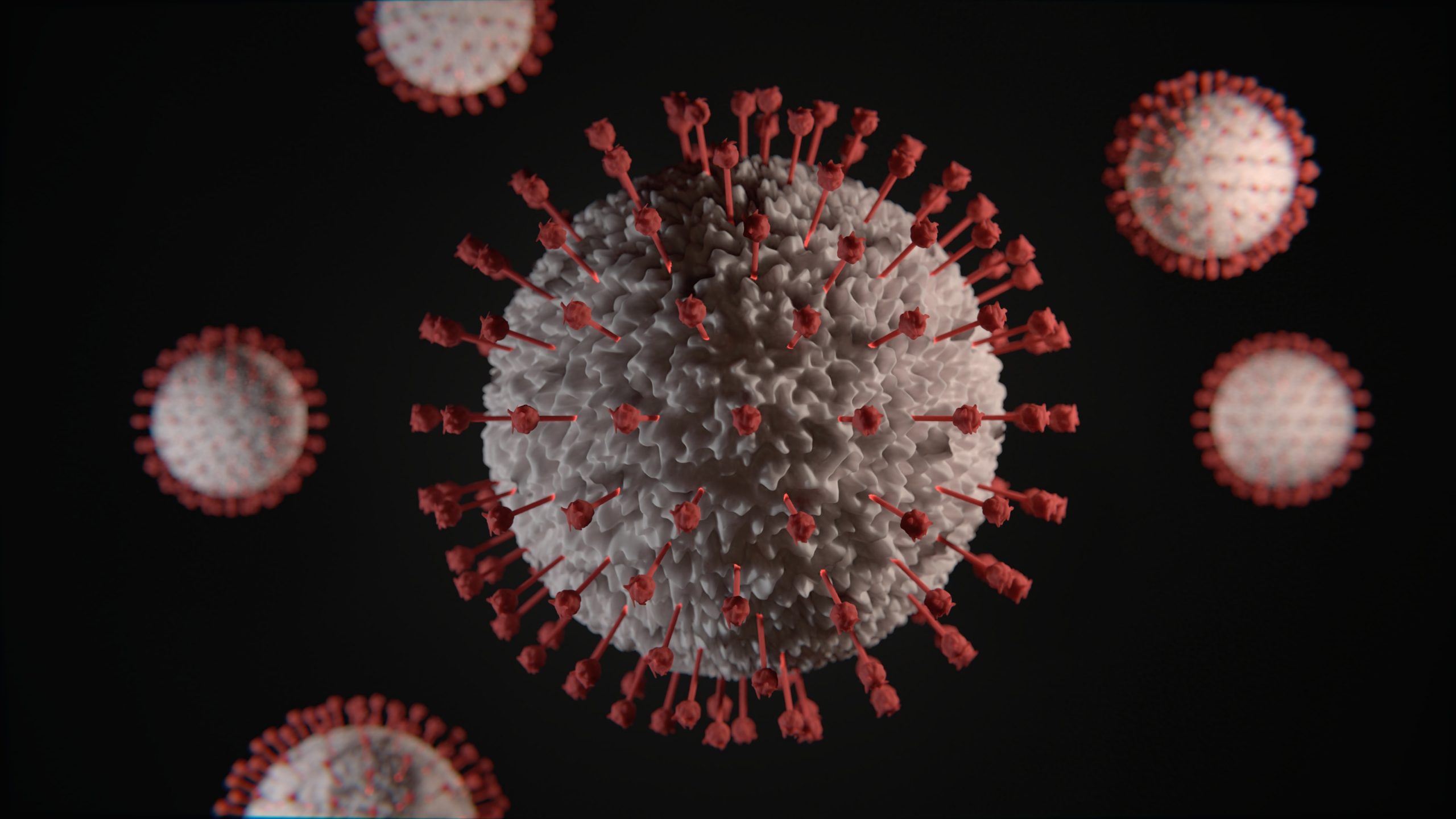A team of researchers has used an Artificial Intelligence (AI) algorithm to sift through terabytes of gene expression data to look for shared patterns in patients with past pandemic viral infections, including SARS, MERS and swine flu.
The researchers, including Pradipta Ghosh from the University of California San Diego, indicated two telltale signatures.
One, a set of 166 genes, reveals how the human immune system responds to viral infections. A second set of 20 signature genes predicts the severity of a patient’s disease.
For example, the need to hospitalise or use a mechanical ventilator.
The algorithm’s utility was validated using lung tissues collected at autopsies from deceased patients with Covid-19 and animal models of the infection.
“These viral pandemic-associated signatures tell us how a person’s immune system responds to a viral infection and how severe it might get, and that gives us a map for this and future pandemics,” said Ghosh.
During a viral infection, the immune system releases small proteins called cytokines into the blood. These proteins guide immune cells to the site of infection to help get rid of the infection.
Sometimes, though, the body releases too many cytokines, creating a runaway immune system that attacks its healthy tissue, indicates the study published in the journal biomedicine.
This mishap, known as a cytokine storm, is believed to be one of the reasons some virally infected patients, including some with the common flu, succumb to the infection while others do not.
The data used to test and train the algorithm came from publicly available sources of patient gene expression data — all the RNA transcribed from patients’ genes and detected in tissue or blood samples.
Each time a new set of data from patients with Covid-19 became available, the team tested it in their model. They saw the same signature gene expression patterns every time.
By examining the source and function of those genes in the first signature gene set, the study also revealed the source of cytokine storms — the cells lining lung airways and white blood cells known as macrophages and T cells.
In addition, the results illuminated the consequences of the storm — damage to those same lung airway cells and natural killer cells, a specialised immune cell that kills virus-infected cells.
The researchers think the information might also help guide treatment approaches for patients experiencing a cytokine storm by providing cellular targets and benchmarks to measure improvement.
To test their theory, the team pre-treated rodents with either a precursor version of Molnupiravir, a drug currently being tested in clinical trials for the treatment of Covid-19 patients or SARS-CoV-2-neutralising antibodies.
After exposure to SARS-CoV-2, the lung cells of control-treated rodents showed the pandemic-associated 166- and 20-gene expression signatures. The treated rodents did not, suggesting that the treatments were effective in blunting cytokine storm.


